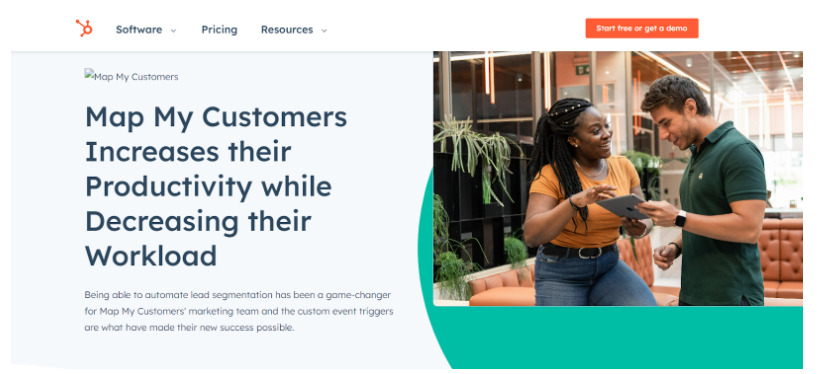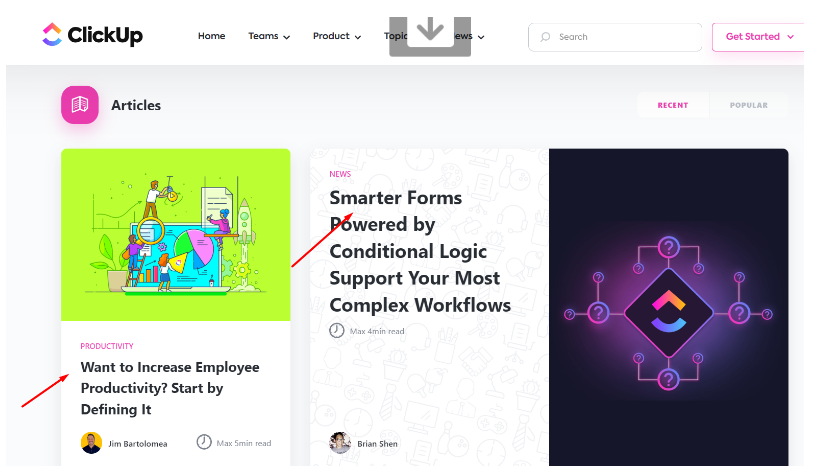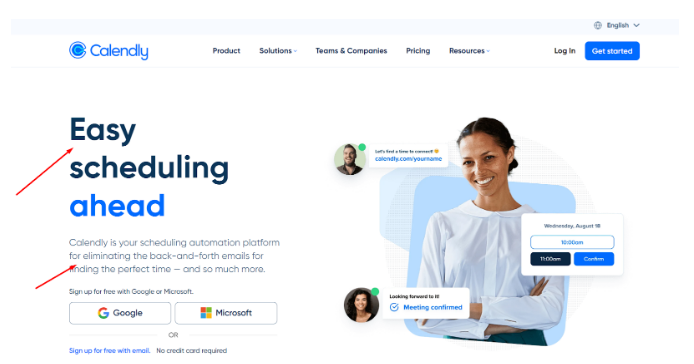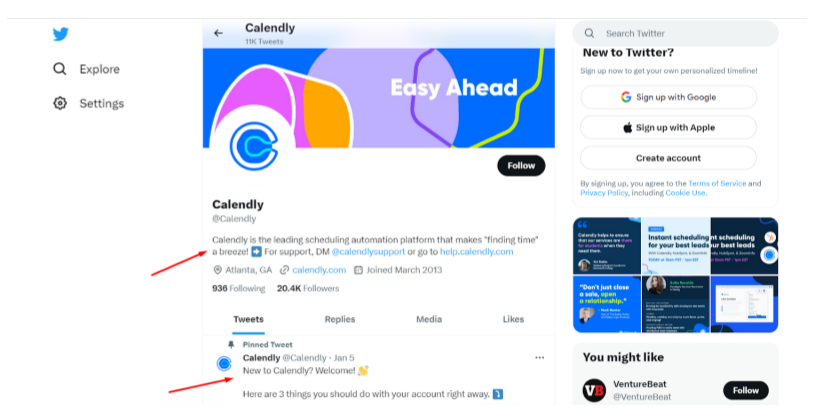Data is the fuel for business growth and as an entrepreneur in the competitive SaaS space, I have witnessed its power.
From helping teams to build effective demand-generation marketing campaigns to driving quality leads and retaining customers, leveraging data can help you do it all.
In fact, businesses that leverage data to create marketing strategies drive five to eight times higher ROI than others.
What’s more? Data helps us entrepreneurs align sales and marketing teams, which I believe is pivotal to strengthening revenue marketing efforts and ROI.
According to some reports, well-aligned marketing and sales teams can drive 70% more revenue growth than firms without.
All this information points to the central role of data in building a solid bottom line for your startup. Here are four key ways I believe startups can effectively leverage data.
Social video, protecting your IP — discover more from Verizon Small Business Digital Ready
1. Identify and Analyze the Target Market
In my entrepreneurial journey, I have learned the significance of customer-centricity. It means understanding the target market and placing its needs at the forefront of business strategy. It yields tangible results and fosters revenue growth in the long term.
Here’s how data can help identify and analyze the target market.
- Know the Latest Market Insights: With data, such as market trends, ideal customer profiles, and competitor analysis, you can gauge the target market.
- Conduct In-Depth Customer Behavior Analysis: Consider deploying advanced data analytics tools. These tools help track valuable insights into customer behavior, such as buying history, engagement metrics, browsing patterns, etc.
Leverage these insights to understand the needs and pain points of your customers. Besides, you can gauge the leads most likely to convert (based on their interactions).
This can help build personalized marketing strategies, thus maximizing the chances of conversion and ROI.
See how MapMyCustomers, a sales tool provider, leverages data to boost revenue.
The B2B startup uses Hubspot’s behavioral event feature to track how leads interact with their software. This empowers them to identify high-value leads (most likely to convert).
2. Create Engaging Content that Converts
Content plays a vital role in business success, especially startups. I have seen its instrumental role in my venture.
With a solid data-driven content strategy, you can:
- Attract and engage the right audience.
- Turbocharge lead generation and conversion.
- Build strong customer relationships.
- Establish your brand identity and credibility in the industry.
On the other hand, poor content strategy can negatively impact customer trust, thus hindering your revenue growth.
Take, for instance, the success story of ClickUp, a renowned productivity tool provider. This B2B company leverages customer data, such as their behavior, pain points, and preferences, to design its content strategy.
This data-driven approach empowers the firm to build relevant, personalized content, thus boosting engagement.
No wonder, its five-year search growth is 1150%.
3. Build a Powerful Omnichannel Presence
A powerful omnichannel presence empowers startups to provide a consistent brand experience to their target audience across multiple platforms.
This includes but is not limited to, social media, websites, mobile applications, etc.
Is it crucial for startups in the initial stages? Of course it is. This is the most valuable lesson I have learned in my entrepreneurial journey.
Today, customers visit multiple platforms and channels before making buying decisions. So, your brand’s consistency across various touchpoints helps them connect to you more. This fosters a positive brand identity, thus increasing the chances of conversions.
So, either you build a solid omnichannel presence or lose customers.
And it’s not as challenging as it seems. With accurate customer data, such as their interactions across platforms, preferences, responses, and more, this becomes a breeze.
Deploying state-of-the-art data analytics tools can be beneficial here. It helps fetch these details and present them on a unified platform. This saves effort and time and streamlines the process.
See the data-driven omnichannel strategy of Calendly, an appointment-scheduling software for businesses.
Observe their targeted messaging on the website. Considering their audience, they have shared value propositions in an easy-to-digest tone.
Check out their Twitter account. Notice how they have ensured a consistent tone.
This has helped the company’s growth, fostering high revenue. In fact, the company has over 10 million active users.
4. Forecast Demand and Enhance Operational Efficiency
Demand forecasting means estimating demand for a product or service based on historical and current market trends and customer behavior. I cannot stress enough how crucial it is for any startup’s growth.
With demand forecasting, you can make strategic decisions and align your operations with ever-evolving customer needs. This can supercharge revenue marketing efforts and boost your team’s operational efficiency.
Now, the question is, how to leverage data for accurate demand forecasting? The answer is simple – you need a data analytics tool with predictive analytics.
Predictive analytics is a technology that allows entrepreneurs to forecast demand. It helps them analyze historical and current data to predict future business outcomes.
Let me share one of my client’s experiences to help you understand the concept.
Our revenue marketing platform, Revlitix, is inbuilt with advanced predictive analytics capabilities.
Here’s what our B2B SaaS client did:
- They integrated their historical sales data, customer demographics, and other relevant data into our platform. This curtailed manual efforts and enabled them to analyze emerging demand patterns and the entire market landscape in real-time.
- They were able to track the effectiveness of their current campaigns. The platform enabled them to monitor crucial KPIs like customer acquisition costs (CAC), monthly revenue rate (MRR), etc.
- With these insights, they could analyze the campaign’s impact on future demand.
Besides, the prescriptive analytics capability of our platform helped them take the next-best actionable steps (NBAs) to ensure positive ROI in the upcoming time.
For instance, the system provided them with recommendations like –
“Target the Asian market (region) to achieve 50% more conversions (based on their goal).”
This brought clarity to their business strategy and turbocharged their revenue growth.
The SuN Takeaway
Guesswork, assumptions, or intuition-led decisions can blur your vision, thus impacting business success. But data can bring a lot of clarity, allowing you to make informed decisions and foster business excellence.










